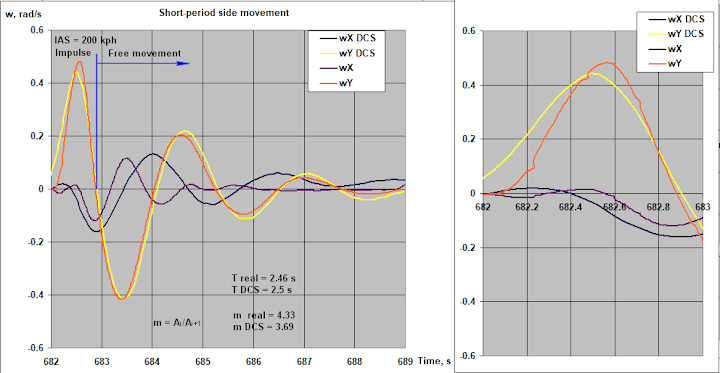
DCS World 70% Off Bonus Event Continues
We would like to remind you of our 70% off bonus event! Use your bonus points to save up to 70% off the following modules:
- DCS: A-10C Warthog
- DCS: Black Shark 2
- DCS: P-51D Mustang
- DCS: Flaming Cliffs 3
- DCS: Combined Arms
- F-15C for DCS World
- A-10A for DCS World
- Su-27 for DCS World
- Su-25 for DCS World
This sale event will end when DCS 2.5 enters release.
In the store checkout page, select the option to use your bonus points.
DCS World 2.5 Update

Since the release of 2.5 DCS World, the team has been hard at work addressing issues identified during the Open Beta process. In this sense, the Open Beta has been a great success and will result in a better finished product. Many issues have already been addressed like night lighting and Spitfire damage model, but we still have a few issues that we need to resolve before we can move DCS World 2.5 out of Open Beta. Some of these issues include a memory leak after starting several missions and more efficient shader compilation for first time mission loads.
Yak-52 Development Note from Yo-yo

First, I would like to emphasize that the Yak 52 module is currently being tuned using actual recorded parameters from an actual Yak-52. This is why we call this a new stage in PFM development. In this post, I will present another stage of the work involved in the development of this FM, airplane side movement.
Springs and Dampers
The discussion of how a plane will behave during free side movement (roll and sideslip together), this has been known to start heated debates on other forums. Some people say that it must be a solid rock in a moving stream, while others talk about oscillations due to the physical basics of this type of movement. In this instance, the second statement would be correct. The plane in yaw movements is similar to a mass suspended from a spring surrounded by oil to damp. The spring is a static aerodynamic moment that tends to reduce yaw angle, the mass is the aircraft moment of inertia and the oil is an additional aerodynamic moment of the airframe due to rotational speed.
The observation that a plane oscillating seems to be unnatural can be explained by the following reasons:
1. The phenomenon of human perception, the pilot's brain will concentrate on the main information being received and will disregard minor details such as small oscillations during, say, the abrupt ending of a roll maneuver, these generally are beyond perception.
2. Due to the improper parameters of these oscillations, the period and damping. These parameters are explained below.
Generally, these parameters are obtained from flight tests, and are then documented under FREE RUDDER.
In the sim we cannot simulate free controls; because of this it is necessary to have the results for FIXED RUDDER. It is known that the period of oscillations does not change significantly, but the damping does. Generally the difference is about 2 times.
Having an opportunity to check in a real Yak-52, we performed the test and recorded several rudder impulses at 200 and 270 km/h IAS (Indicated Airspeed). The pilot tried, during these tests, to keep the rudder pedals in the neutral position after the initial shore deflection (impulse).
Then, the same tests were performed in DCS at the same speed, altitude (affects damping) and atmosphere conditions. The chart below presents the intermediate stage of model verification. The period is correct and damping is to be corrected by 15% for the sake of purists and accountants.
So I have a few comments about the included graph. I kept wX from the test; though this record was made in real world tests it has some flaws. The first is the aforementioned lack of X axis alignment and the second is most likely accidental stick movements during oscillation. The theory tells us that a pure experiment like we have for DCS (no significant control forces, no accelerations, etc) gives pure 90 degrees of phase shift between wX and wY. Anyways, the initial behaviour shows good similarity between DCS and real world wX.
The next important point for the plane handling parameter is a ratio of wX/wY. The chart shows that there is good match between real world tests and the module in DCS. It is not possible to exactly compare due to the reasons explained above.
It's very interesting to compare fixed rudder test results with the available graphs from the book ("Practical Aerodynamics of Yak-52 and Yak-55", Russian documentation). The periods of oscillation are very close, damping is as expected by less than 2 times for the free rudder, and roll/yaw ratio is somewhere close as well.
Sincerely,The Eagle Dynamics Team





